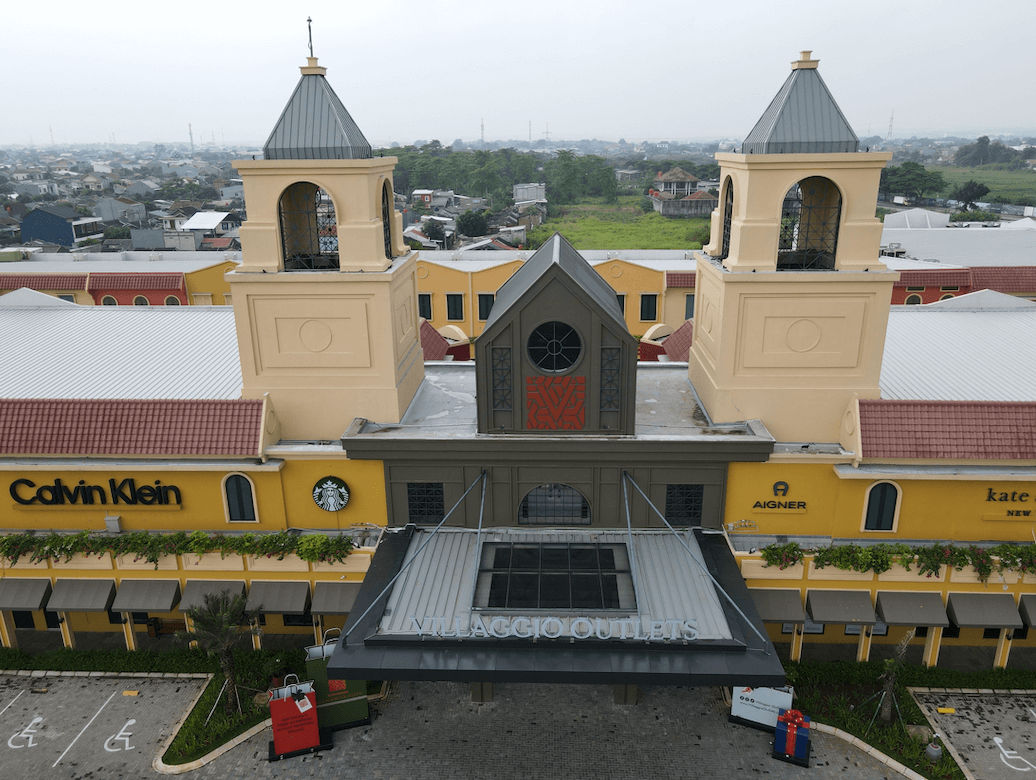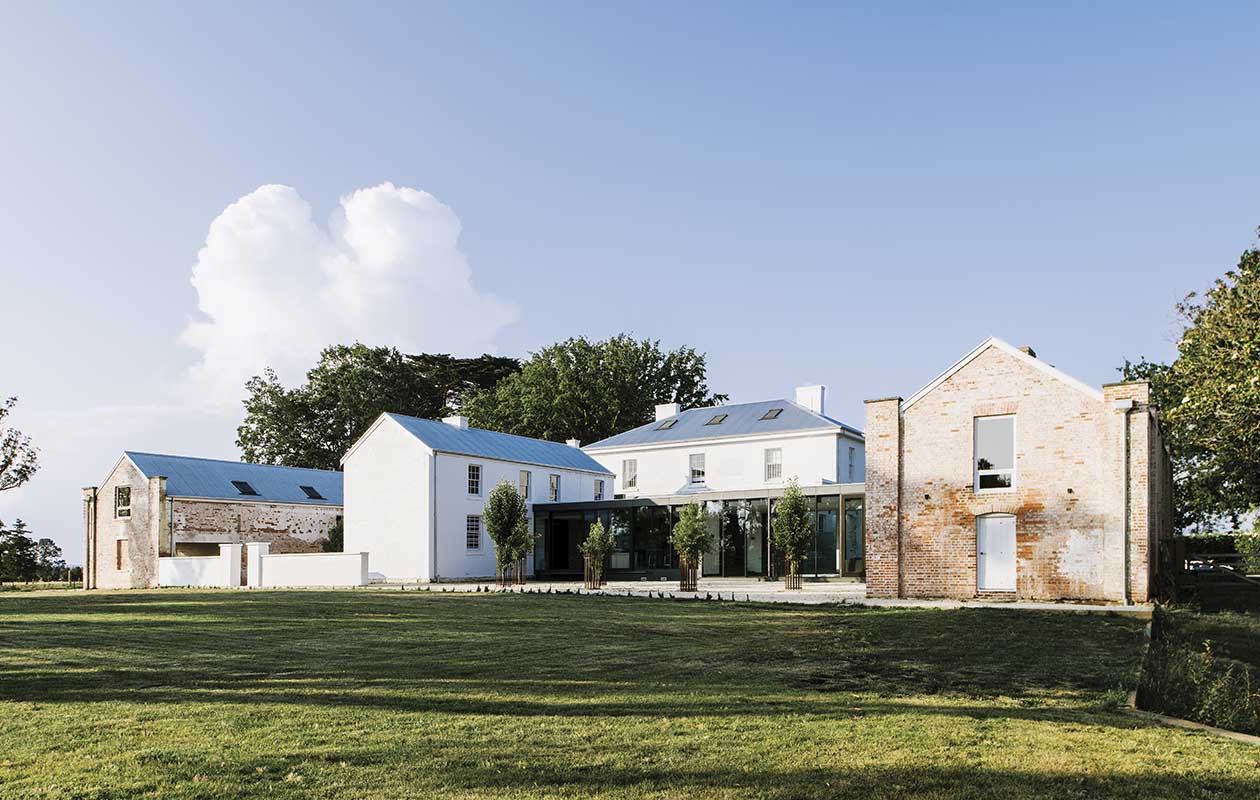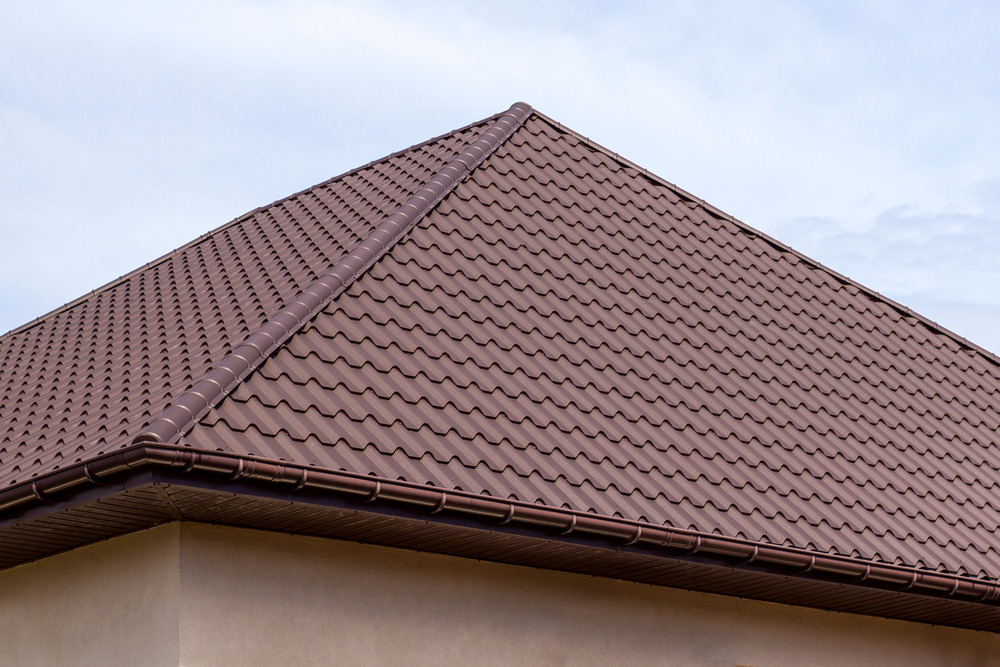30 Sep 2024
Recognize the Strengths and Weakness of a Pyramid Roof
Recognize the Strengths and Weakness of a Pyramid Roof
Share:
A pyramid roof has become one of the most popular roof types in Indonesia. Its distinctive design, featuring four sloping sides, provides an elegant yet functional appearance. However, to ensure both durability and aesthetics, selecting the right material for a pyramid roof is crucial.
COLORBOND® pre-painted steel offers a perfect solution for pyramid roofs, combining high durability with a modern appearance. For over 50 years, COLORBOND® has proven to be a reliable choice, providing optimal protection against various weather conditions. Additionally, its elegant color variations make it an ideal option for both modern and traditional-style homes.
Definition of a Pyramid Roof
A pyramid roof is a type of roof characterized by its shape, which resembles a small pyramid and consists of five sides. In Indonesia, pyramid roofs have long been used in traditional architecture, particularly in Java. Two sides of the roof are triangular, while the other two are trapezoidal. These sides converge along a horizontal ridge at the top of the roof, creating a symmetrical and visually appealing design. The roof typically has a pitch angle ranging from 30 to 40 degrees, allowing for adequate airflow beneath the roof.
In addition to being commonly found in traditional architecture due to its form, pyramid roofs are also well-suited for tropical architecture. The additional space beneath the roof allows for better air circulation, helping to keep indoor temperatures cool and comfortable, especially in hot tropical climates.

The two towers at Villaggio Outlets use COLORBOND® for their pyramid roofs.
In modern architecture, pyramid roofs are also applied to minimalist or tropical home designs that emphasize good air circulation as well as protection from heavy rain and heat.
Characteristics of a Pyramid Roof
Homes with pyramid roofs generally exhibit distinct characteristics. The pyramid shape makes them easily identifiable, even from a distance. To learn more, here are the complete characteristics of a pyramid roof:
1. Pyramid Shape with Five Sides
The primary characteristic of a pyramid roof is its shape, resembling a pyramid. This roof consists of five sides, with two triangular planes at the front and back, and two trapezoidal planes on the sides.
2. Moderate Pitch Angle
A pyramid roof features a pitch angle ranging from 30 to 40 degrees. This angle strikes a perfect balance between aesthetics and functionality, particularly concerning air circulation. With its moderate slope, this roof facilitates good airflow beneath it.
 One of the buildings at Symmons Plains Homestead in Perth, Tasmania, Australia, utilizes COLORBOND® for its pyramid roof.
One of the buildings at Symmons Plains Homestead in Perth, Tasmania, Australia, utilizes COLORBOND® for its pyramid roof.
Strength of a Pyramid Roof
The design of a pyramid roof is known for providing a balance between an elegant appearance and good functionality. However, it offers more than just that. Here are some additional advantages of pyramid roofs:
1. Effective Drainage System
The pyramid roof model has an optimal slope for directing rainwater runoff. This significantly reduces the risk of roof leaks. For those living in areas with high rainfall, a pyramid roof can help keep the home safe from water accumulation.
2. High Strength and Durability
The structure of a pyramid roof is known for its strength and ability to withstand considerable loads. This makes it more durable and suitable for buildings in areas with variable weather conditions.
3. Improved Natural Lighting
If you use transparent materials such as glass or plastic in the pyramid roof design, you can take advantage of the natural light that enters the space below. This way, you can reduce the need for artificial lighting, creating a brighter and more spacious atmosphere in the room.
4. Additional Space Beneath the Roof
The pyramid roof design provides extra space beneath it. This additional area can be utilized for storage, as an attic, or even as a playroom for children.
 One of the buildings at Symmons Plains Homestead in Perth, Tasmania, Australia, features a pyramid roof made with COLORBOND®.
One of the buildings at Symmons Plains Homestead in Perth, Tasmania, Australia, features a pyramid roof made with COLORBOND®.
Weakness of a Pyramid Roof
In terms of functionality and aesthetics, homes with pyramid roofs appear superior compared to several other roof types. Moreover, pyramid roofs support minimalist design due to their simple and symmetrical shape, providing a clean and modern look to the building without sacrificing essential functions like weather protection. However, there are some drawbacks worth noting. Here are a few:
1. Higher Installation Costs
Compared to other roof types, the installation costs of a pyramid roof tend to be higher. This is due to the more complex structural framework and the increased material requirements. If premium materials such as ceramic tiles or steel are used, construction costs can escalate further.
2. Less Suitable for Buildings with Complex Structures
Pyramid roofs are better suited for buildings with simple shapes. In buildings with more intricate designs or asymmetrical forms, a pyramid roof may not adequately accommodate architectural needs.

3. Vulnerability to Strong Winds
Another drawback of the pyramid roof is its susceptibility to strong winds. Due to its design, which features a large surface area and moderate pitch, this type of roof can be easily subjected to significant wind pressure. In areas that frequently experience strong winds or storms, additional reinforcement may be necessary to ensure its durability.
These are the advantages and disadvantages of pyramid roofs. If you are looking for inspiration for your home’s roof design, a pyramid roof could be a viable option. With the right materials, such as COLORBOND®, you can ensure that your pyramid roof is not only visually appealing but also durable and functional in various weather conditions.

